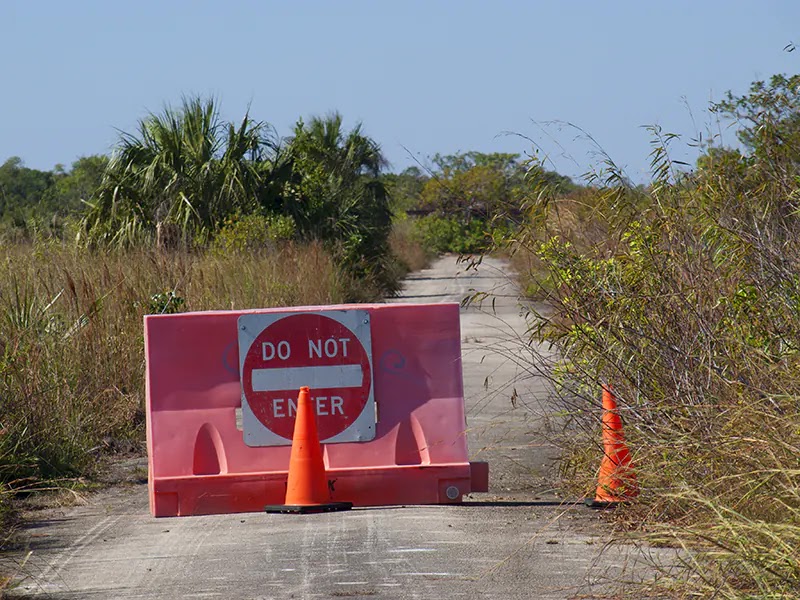A village from Dahomey at the heart of Chicago in 1893
 |
| The entrance to the Dahomey Village in the Chicago World's Fair of 1893 - Image from the book "Official Views Of The World's Columbian Exposition" published in the same year. |
Well, it wasn't a permanent village, it lasted for the six months of the Chicago World's Fair or World's Columbian Exposition of 1893.
This world fair was famous for many things: its neoclassical architecture, the gigantic pool with replicas of Columbus' ships, displays of technological advances, and in the dark side, the assassination of the mayor of Chicago and a tragic fire caused by the "Greatest Refrigerator on Earth" - 12 firemen and 4 employees lost their lives.
On the cultural area, the Chicago World's Fair brought people and cultures from 46 countries. Among them, the dancer "Little Egypt" with its "hoochie coochie", the Buffalo Bill's Wild West Show that settled on the sidelines, and a "village" concept representing many parts of the world.
An article titled The 1893 World Columbian Exposition in Chicago explains:
There was a South Sea Island Village, a Java Village, a Turkish Street Village, the Street in Cairo, a Persian Village, an Algerian Village, the East India Bazaar, the Chinese Village, the Dahomean village, the Irish Village, the German Village, the Austrian Village, the Lapland Village, and the Aztec Village. Other nationalities, including Native Americans, Hungarians and Brazilians, held forth in theaters, restaurants and other venues built for them.
Theaters, restaurants, and venues? Did Disneyworld copy the idea for its Epcot theme park?
And there comes the village from Dahomey - Benin since 1975. It consisted of houses and huts and a representation of 100 people from that region of Africa - 60 men and 40 women. The exposure to a new culture promoted new ideas and also stereotypes - depending on the visitor's perspectives.
The Dahomean village, which was seen by many as representative of humanity's lowest stages of development, still captured the imagination of many, and performances there provoked discussion among scholars such as E. H. Krehbiel and Abigail Christensen about the links between African and African-American music.
Chicago got a close view of people coming from a kingdom with female warriors - the Agojie known in the West as "Amazons" -, religious cults around phytons, and annual human sacrifices - firsthand accounts of Dahomey customs in my posts Forgotten Books: The Land of Fetish and Tales of a Christian missionary in the West Coast of Africa.
On the controversial side, Frederick Douglass mentioned the cultural portrait of the Village of Dahomey in the Chicago fair in a speech of January 9, 1894 - source here.
It was a grand ethnological lesson, a chance to study all likenesses and differences. Here were Japanese, Soudanese, Chinese, Cingalese, Syrians, Persians, Tunisians, Algerians, Egyptians, East Indians, Laplanders, Esquimaux, and as if to shame the educated negro of America, the Dahomeyans were there to exhibit their barbarism, and increase American contempt for the negro intellect. All classes and conditions were there save the educated American negro.
There are images of the people from Dahomey that came for the fair in the article Racism at Chicago's 1893 World's Columbian Exposition. Also, there is a picture of two of them in this website.
For more images of the Chicago World's Fair, check the book Official Views Of The World's Columbian Exposition from the official photographers C. D. Arnold and H. D. Higinbotham - published in 1893.



Comments
Post a Comment